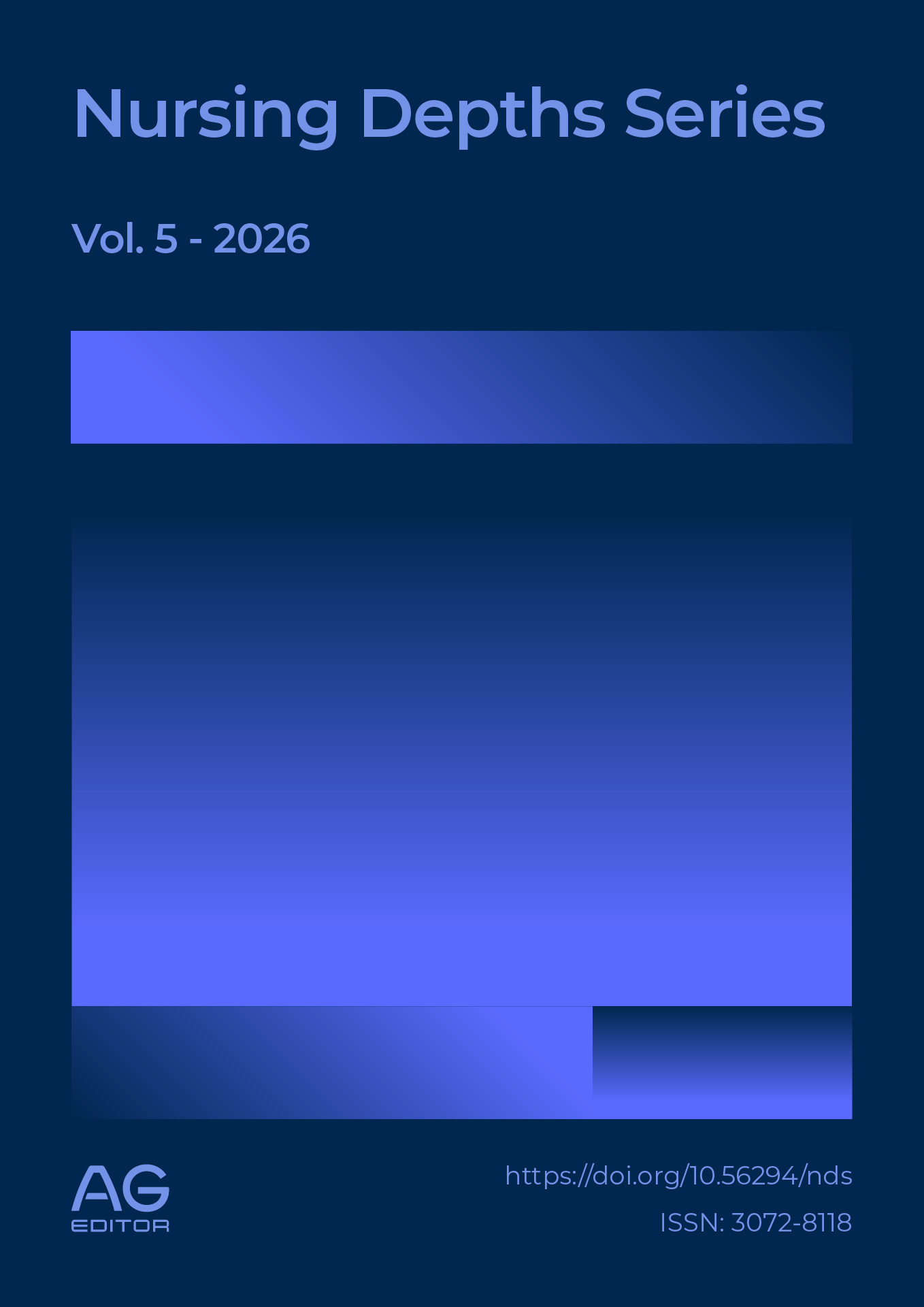Factors Associated with Participation in Continuing Education Activities among Hospital Nurses in Buenos Aires, Argentina
DOI:
https://doi.org/10.56294/nds2026302Keywords:
Nursing, Continuing Education, Continuing Nursing Education, Nursing Education Research, Working ConditionsAbstract
Objective: Identify the factors associated with participation in continuing education activities among nursing staff in the general hospital service of a private health institution in Buenos Aires, Argentina.
Methods: This was a descriptive, cross-sectional, quantitative study. An abbreviated version of the Reasons for Participation in Continuing Education Scale was administered. The Infostat program was used for data analysis.
Results: A total of 96 nursing workers participated. Of those, 62.5% were between 31 and 50 years old, 91.6% were women, 46.9% were single, 62.5% had children, and 78.1% were heads of household. Labor characterization showed that 38.54% had an undergraduate degree, 48.96% had ten or more years of work experience, 39.58% worked weekends and holidays, and 19.79% had more than one job. The reasons related to keeping updated on new advances in nursing and improving economic income were evaluated the best and worst, respectively. Respondents who were single showed a greater willingness to participate in continuing education activities.
Conclusions: Overall, the perception of reasons to participate in continuing education was positive. However, organizational support to encourage nursing staff to continue training needs improvement.
References
Marqués Andrés S. Formación continuada: herramienta para la capacitación. Enferm Glob. 2011;10(21). Disponible en: http://scielo.isciii.es/scielo.php?script=sci_arttext&pid=S1695-61412011000100020&lng=es DOI: https://doi.org/10.4321/S1695-61412011000100020
Mlambo M, Silén C, McGrath C. Lifelong learning and nurses’ continuing professional development, a metasynthesis of the literature. BMC Nurs. 2021;20,62. https://doi.org/10.1186/s12912-021-00579-2 DOI: https://doi.org/10.1186/s12912-021-00579-2
Stein AM. History of Continuing Nursing Education in the United States. The Journal of Continuing Education in Nursing. 2013;29(6):245-252. doi:10.3928/0022-0124-19981101-04 DOI: https://doi.org/10.3928/0022-0124-19981101-04
Bindon SL. Professional Development Strategies to Enhance Nurses’ Knowledge and Maintain Safe Practice. AORN Journal. 2017;106(2):99-110. https://doi.org/10.1016/j.aorn.2017.06.002 DOI: https://doi.org/10.1016/j.aorn.2017.06.002
Coventry TH, Maslin-Prothero SE, Smith G. Organizational impact of nurse supply and workload on nurses continuing professional development opportunities: an integrative review. J Adv Nurs. 2015;71(12):2715-2727. https://doi.org/10.1111/jan.12724 DOI: https://doi.org/10.1111/jan.12724
Hakvoort L, Dikken J, Cramer-Kruit J, Nieuwenhuyzen KM, van der Schaaf M, Schuurmans M. Factors that influence continuing professional development over a nursing career: A scoping review. Nurse Educ Pract. 2022;65:103481. https://doi.org/10.1016/j.nepr.2022.103481 DOI: https://doi.org/10.1016/j.nepr.2022.103481
Canova-Barrios C. Aspectos éticos en la publicación de manuscritos científicos: Una revisión de literatura. Salud, Ciencia y Tecnología. 2022;2:81. https://doi.org/10.56294/saludcyt202281 DOI: https://doi.org/10.56294/saludcyt202281
Jarelnape AA, Taha Ali Z, Fadlala AA, Sagiron EI, Osman AM, Abdelazeem E, et al. The Influence of Nursing Interventions on Patient Outcomes: A Systematic Review. Saudi J Health Syst Res. 2024;4(1):1–7. https://doi.org/10.1159/000534482 DOI: https://doi.org/10.1159/000534482
Ríos NB, Mosca AM. Influencia de factores personales, profesionales y motivacionales en la participación de enfermeros en educación continua. Salud, Ciencia y Tecnología. 2022;2:93. https://doi.org/10.56294/saludcyt202293 DOI: https://doi.org/10.56294/saludcyt202293
Tsirigoti A, León-Mantero C, Jiménez-Fanjul N. Motivación para la educación continua en enfermería. Edu Med. 2024;25(2):100877. https://doi.org/10.1016/j.edumed.2023.100877 DOI: https://doi.org/10.1016/j.edumed.2023.100877
Lera M, Taxtsoglou K, Iliadis C, Frantzana A, Kourkouta L. Nurses' Attitudes Toward Lifelong Learning via New Technologies. Asian Pac Isl Nurs J. 2020;5(2):89-102. https://doi.org/10.31372/20200502.1088 DOI: https://doi.org/10.31372/20200502.1088
Govranos M, Newton JM. Exploring ward nurses' perceptions of continuing education in clinical settings. Nurse Educ Today. 2014;34(4):655-660. https://doi.org/10.1016/j.nedt.2013.07.003 DOI: https://doi.org/10.1016/j.nedt.2013.07.003
Flores Peña Y, Alonso Castillo M. Factores que influyen en la participación del personal de enfermería en la educación continua. Rev Latino-am Enfermagem. 2006;14(3). https://www.scielo.br/j/rlae/a/MDz45jg9FgwvzF9LftZ8Btv/?format=pdf&lang=es
Muñoz Castro FJ, Valverde-Gambero E, Herrera-Usagre M. Variables predictoras de la satisfacción de los profesionales de la salud con la educación continua: un estudio transversal. Rev Latino-Am Enfermagem. 2020;28:e3315. https://doi.org/10.1590/1518-8345.3637.3315 DOI: https://doi.org/10.1590/1518-8345.3637.3315
Beckett H. Effect of e-learning on nurses' continuing professional development. Nurs Manag (Harrow). 2020;27(2):16-22. https://doi.org/10.7748/nm.2020.e1899 DOI: https://doi.org/10.7748/nm.2020.e1899
Published
Issue
Section
License
Copyright (c) 2025 Laura Natalia Armani, Angeles Daiana Herrera, Carlos Jesús Canova-Barrios (Author)

This work is licensed under a Creative Commons Attribution 4.0 International License.
The article is distributed under the Creative Commons Attribution 4.0 License. Unless otherwise stated, associated published material is distributed under the same licence.






